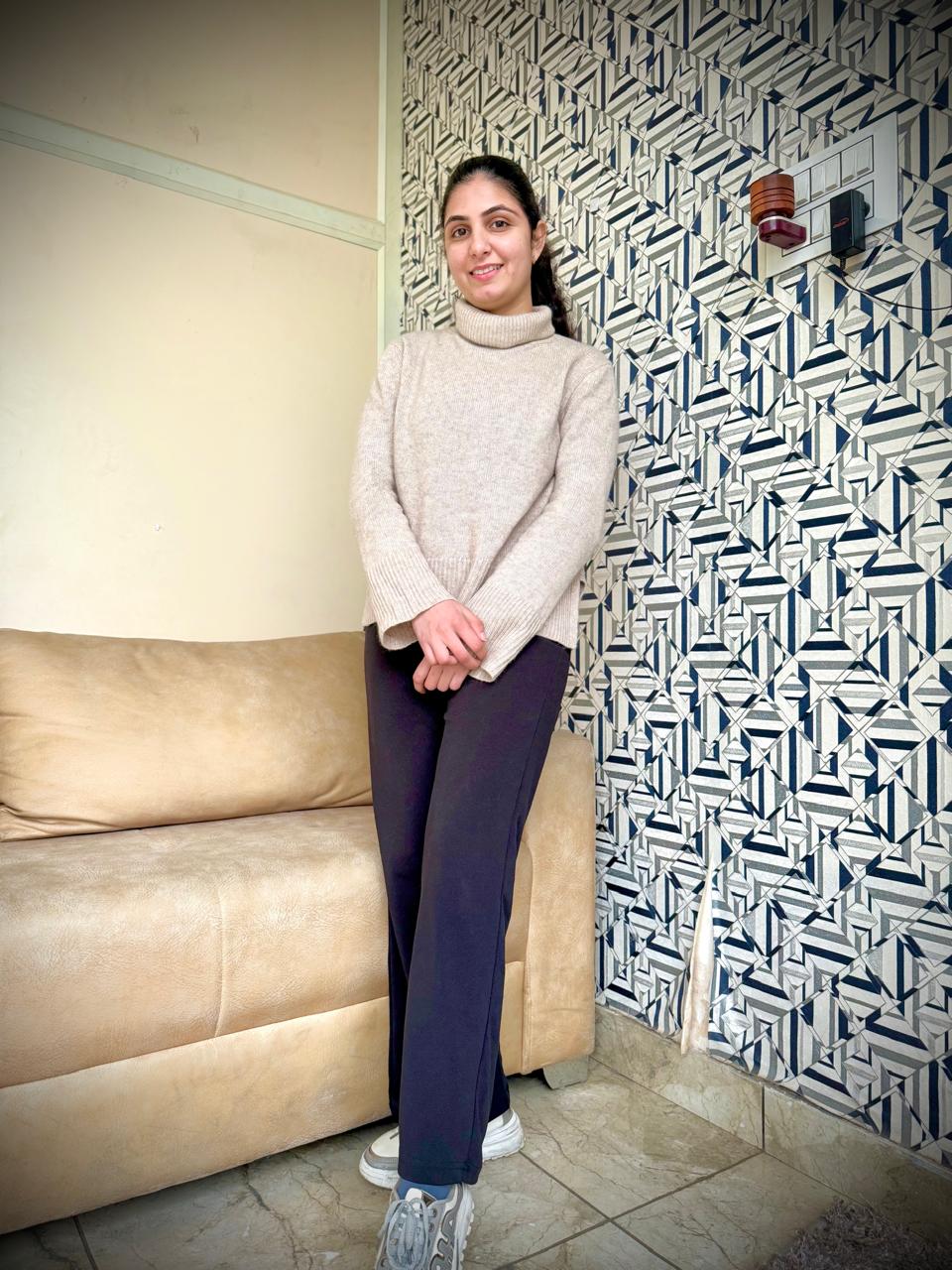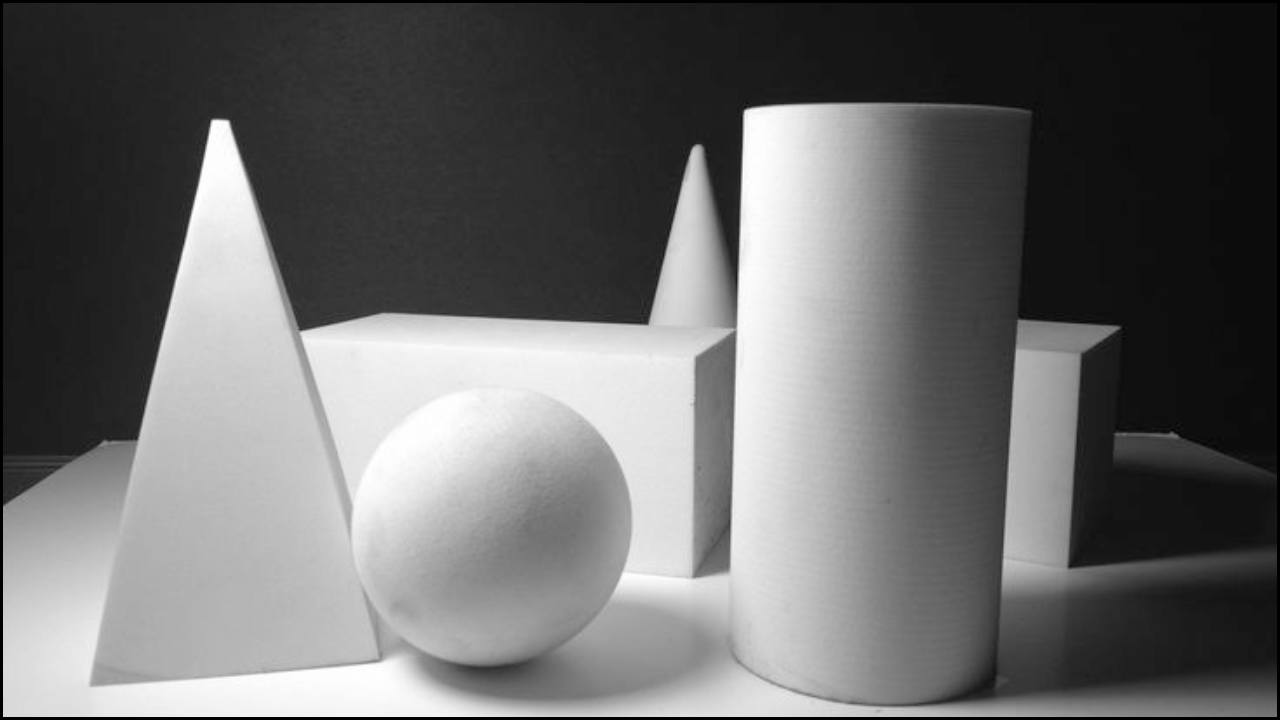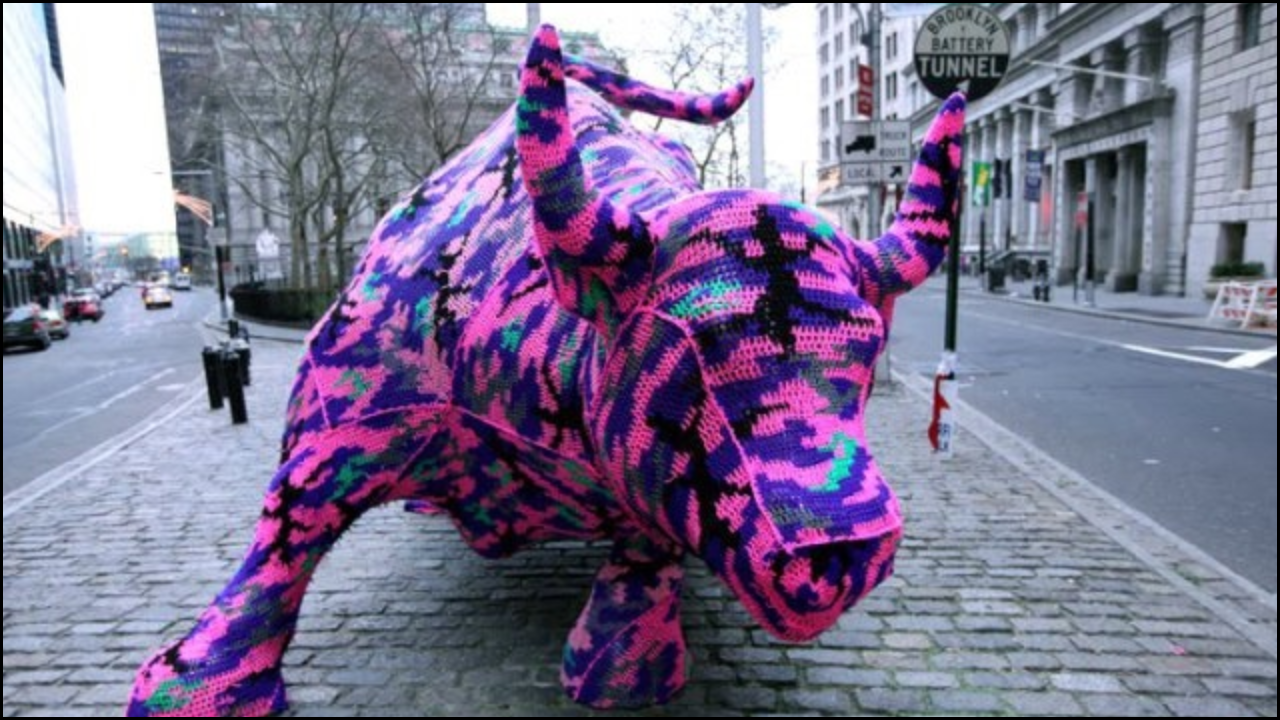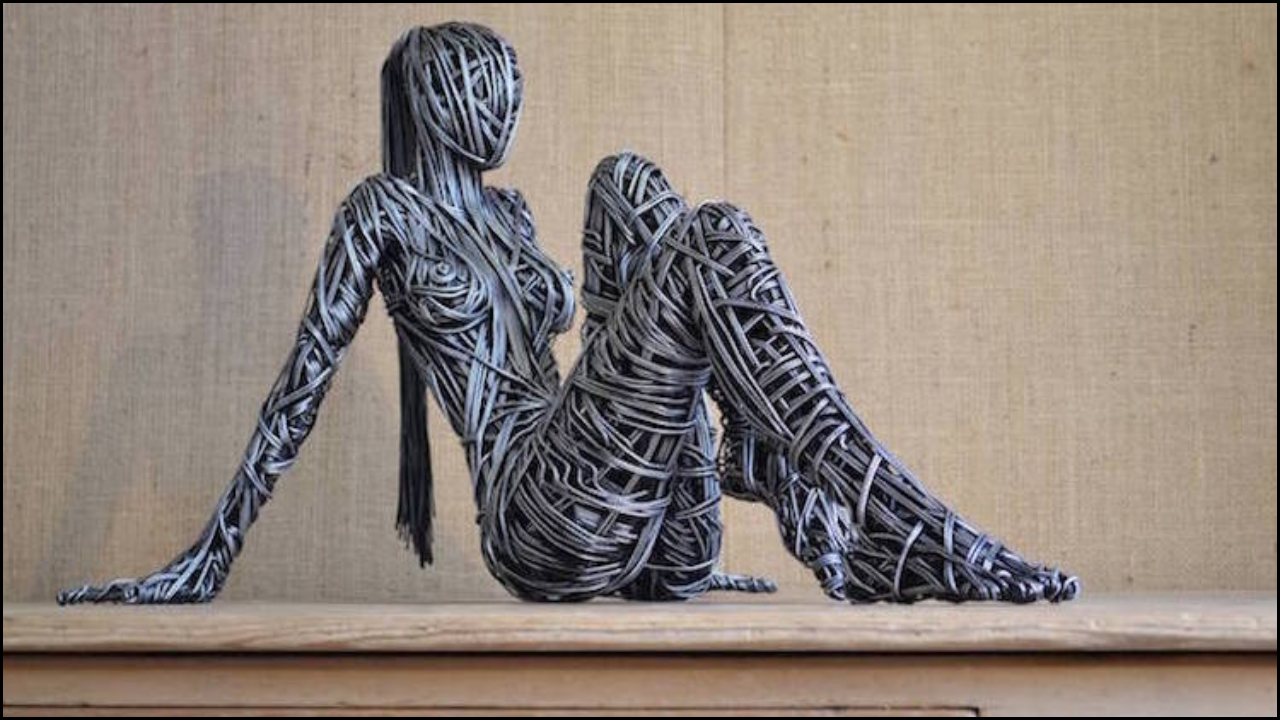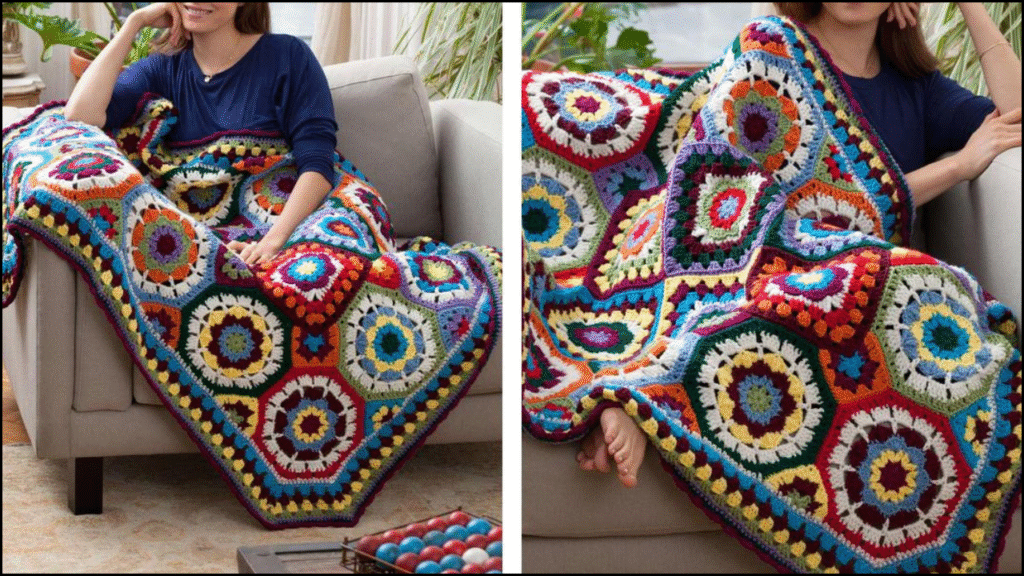
Art therapy is a creative method that uses artistic activities to support emotional well-being, reduce stress, and encourage self-expression. Crochet and knitting, once seen mainly as traditional crafts, are now widely recognized for their therapeutic value. The repetitive movements, tactile engagement, and ability to create something tangible help people manage mental health challenges and improve focus. The healing power of crochet and knitting in art therapy lies not only in the creation of beautiful items but also in the process, which provides relaxation, mindfulness, and a sense of accomplishment.
Table of Contents
Benefits of Crochet and Knitting in Art Therapy
- Stress Reduction
- Repetitive stitching induces a calming rhythm that slows down breathing and relaxes the body.
- Similar to meditation, these crafts lower cortisol levels and reduce symptoms of anxiety.
- Improved Focus
- The requirement to follow patterns helps enhance concentration.
- Engaging with yarn and needles prevents the mind from wandering to stressful thoughts.
- Sense of Accomplishment
- Completing a project boosts confidence and provides tangible proof of creativity.
- Small achievements through finished items encourage positive reinforcement.
- Mindfulness and Presence
- Crochet and knitting demand attention to detail, which keeps the mind in the present moment.
- The repetitive process nurtures mindfulness without the pressure of formal meditation.
- Community Building
- Group sessions in art therapy involving crochet or knitting promote social connections.
- Sharing patterns and skills enhances cooperation and reduces feelings of isolation.
- Emotional Release
- Yarn-based creations can symbolize emotions, allowing people to express feelings without words.
- Certain colors and textures serve as outlets for personal experiences.
Psychological and Emotional Impact
- Anxiety Relief
- Gentle repetition of stitches creates a safe mental space.
- Focus on yarn texture and rhythm distracts from intrusive thoughts.
- Depression Support
- Creation of useful items such as scarves or blankets fosters a sense of purpose.
- Bright-colored yarn can uplift mood during low emotional states.
- Trauma Recovery
- Knitting or crocheting encourages grounding techniques.
- Victims of trauma benefit from engaging their hands while calming their minds.
- Boost in Self-Esteem
- Positive feedback from peers and therapists strengthens self-worth.
- Mastery of patterns leads to a feeling of competence and independence.
Physical Benefits
- Motor Skills Improvement
- Fine motor coordination develops through handling hooks, needles, and yarn.
- Therapeutic exercises support recovery for patients with limited hand mobility.
- Pain Management
- Focus on crafting can act as a distraction from chronic pain.
- Endorphin release during creative activity reduces pain sensitivity.
- Cognitive Stimulation
- Memory, sequencing, and problem-solving improve through following patterns.
- Older adults gain cognitive resilience by learning and practicing new designs.
Applications in Art Therapy Programs
- Hospitals and Rehabilitation Centers
- Patients recovering from illness use knitting as a distraction from medical stress.
- Crochet provides a gentle activity that encourages physical and emotional healing.
- Mental Health Clinics
- Therapists integrate crochet circles as group therapy exercises.
- Individual sessions use knitting to reduce anxiety in patients with PTSD or OCD.
- Schools and Youth Programs
- Children struggling with emotional regulation benefit from calming stitching practices.
- Teens use crochet to manage exam stress and build patience.
- Elderly Care Homes
- Knitting circles reduce loneliness among senior citizens.
- Crocheting helps preserve cognitive function and hand dexterity.
- Community Wellness Programs
- Workshops provide opportunities for people to connect through creativity.
- Collective projects, such as charity blankets, instill purpose and belonging.
Symbolism and Creative Expression
- Colors and Emotions
- Red yarn represents strength and passion.
- Blue signifies calmness, while yellow conveys happiness.
- Textures and Feelings
- Soft yarn provides comfort.
- Rougher textures symbolize resilience and struggle.
- Patterns and Narratives
- Complex stitches represent overcoming challenges.
- Simple designs reflect stability and grounding.
Comparison of Crochet and Knitting in Art Therapy
| Aspect | Crochet | Knitting |
|---|---|---|
| Tools Used | Single hook | Two needles |
| Skill Level | Easier for beginners due to fewer active stitches | Requires practice to manage multiple live stitches |
| Portability | Compact and easy to carry | Slightly less portable but still manageable |
| Therapeutic Rhythm | More varied motions with loops and turns | Continuous back-and-forth repetition creates a steady rhythm |
| Project Examples | Doilies, blankets, stuffed toys | Sweaters, socks, scarves |
| Symbolism | Flexibility and adaptability in design | Stability and structure in design |
| Group Activity | Encourages collaborative projects with varied individual contributions | Often fosters collective work through uniform patterns |
Challenges in Using Crochet and Knitting for Therapy
- Patience Requirement
- Some individuals may struggle with frustration if projects take too long.
- Accessibility Issues
- People with severe mobility limitations may find it difficult without adaptive tools.
- Initial Learning Curve
- Beginners may need extra guidance before enjoying the therapeutic benefits.
- Cultural Barriers
- In some communities, crochet and knitting may still be viewed as traditional rather than therapeutic.
Strategies to Enhance Effectiveness
- Short Projects First
- Starting with small items like coasters or bookmarks builds confidence.
- Adaptive Tools
- Ergonomic hooks and large needles help people with hand pain.
- Integration with Other Therapies
- Combining crochet with music therapy enhances relaxation.
- Pairing knitting with journaling deepens emotional reflection.
- Storytelling Approach
- Therapists encourage individuals to assign personal meanings to colors, stitches, and finished items.
Case Examples
- Hospital Recovery
- Patients undergoing chemotherapy find relief in crocheting, as it provides distraction and hope.
- Veteran Therapy
- War veterans with PTSD engage in knitting to manage flashbacks and anxiety.
- Youth Empowerment
- Teenagers struggling with self-esteem participate in crochet groups to build confidence and creativity.
- Elderly Support
- Senior citizens in assisted living facilities form knitting clubs, reducing loneliness and depression.
Healing Outcomes of Crochet and Knitting in Different Groups
| Group | Healing Outcomes |
|---|---|
| Children | Improved patience, better emotional regulation, and a sense of playfulness |
| Teenagers | Stress management, enhanced self-identity, and creative expression |
| Adults | Reduced anxiety, sense of accomplishment, improved concentration |
| Elderly | Social connection, preserved cognitive function, and reduced loneliness |
| Patients with PTSD | Grounding techniques, reduced flashbacks, safe emotional release |
| Chronic Pain Patients | Distraction from pain, improved mood, endorphin release |
Future Potential of Crochet and Knitting in Art Therapy
- Wider acceptance of crochet and knitting as valid therapeutic practices in medical fields.
- Development of structured therapy modules specifically using yarn crafts.
- Digital communities offering online crochet and knitting therapy sessions.
- Inclusion of wearable technology to measure stress levels during crafting.
- Expansion into workplace wellness programs to reduce stress among professionals.
Key Takeaways
The healing power of crochet and knitting in art therapy highlights the strength of creativity as a tool for well-being. Emotional stress, physical discomfort, and social isolation can be reduced through simple yarn-based practices. The process provides not just handmade items but also resilience, mindfulness, and connection. With greater recognition and structured inclusion in therapy, crochet and knitting can continue to evolve as meaningful methods of healing for diverse groups across the world.

